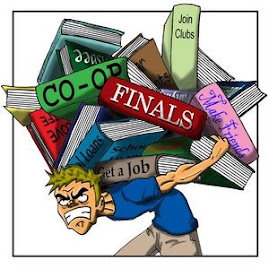The Bubbles by Molly Maccormack
I am a minnow.
Letting bubbles created by blowfish
Suffocate me.
But you only watch,
Terrified
I try to open my bitty gills,
I try to accept the brutal bubbles,
I welcome the torment.
Bluffing, pretending, it’s fine.
Maybe these bubbles will change me,
Maybe these bubbles will flood my brain,
Tell me what I need to do
To get used to these bubbles.
Like everyone else.
But I’m
Almost breathing, almost
propelling myself away, far away from those
endless spheres.
But.
No, I’m Accepting them
the bubbles will endure,
Will I endure alongside?
I am a minnow.
Letting bubbles created by blowfish
Suffocate me.
The free-verse poem “The Bubbles” by Molly Maccormack is a piece that mainly focuses on the theme of conformity and societal expectations to “fit in”. The inquiry question: “Why do people feel the need to conform to society and its expectations?” is represented and answered by the author throughout the poem. Living in today’s society makes people feel as though they are small and meaningless, like a “minnow”. All of societies rules and expectations ruin people’s lives by causing immense mental stress and anxiety to blend in and be the same as everyone else. The author of this poem uses the metaphor, “letting bubbles created by blowfish suffocate me” to explain some people’s situation, using “bubbles created by blowfish” to represent societies rules. People tend to follow all of these expectations because that is what everyone else is doing, it would be against the status quo to go against them: “No, I’m accepting them just like everyone else.” This poem also touches on the struggle of internally wanting to go against the norm and be your own self when the poet states, “I try to open my bitty gills, I try to accept the brutal bubbles, I welcome the torment. Bluffing, pretending, it’s fine.” In conclusion, “The Bubbles” by Molly Maccormack is a poem concerning a very relevant and relatable subject of conformity in today’s society.










